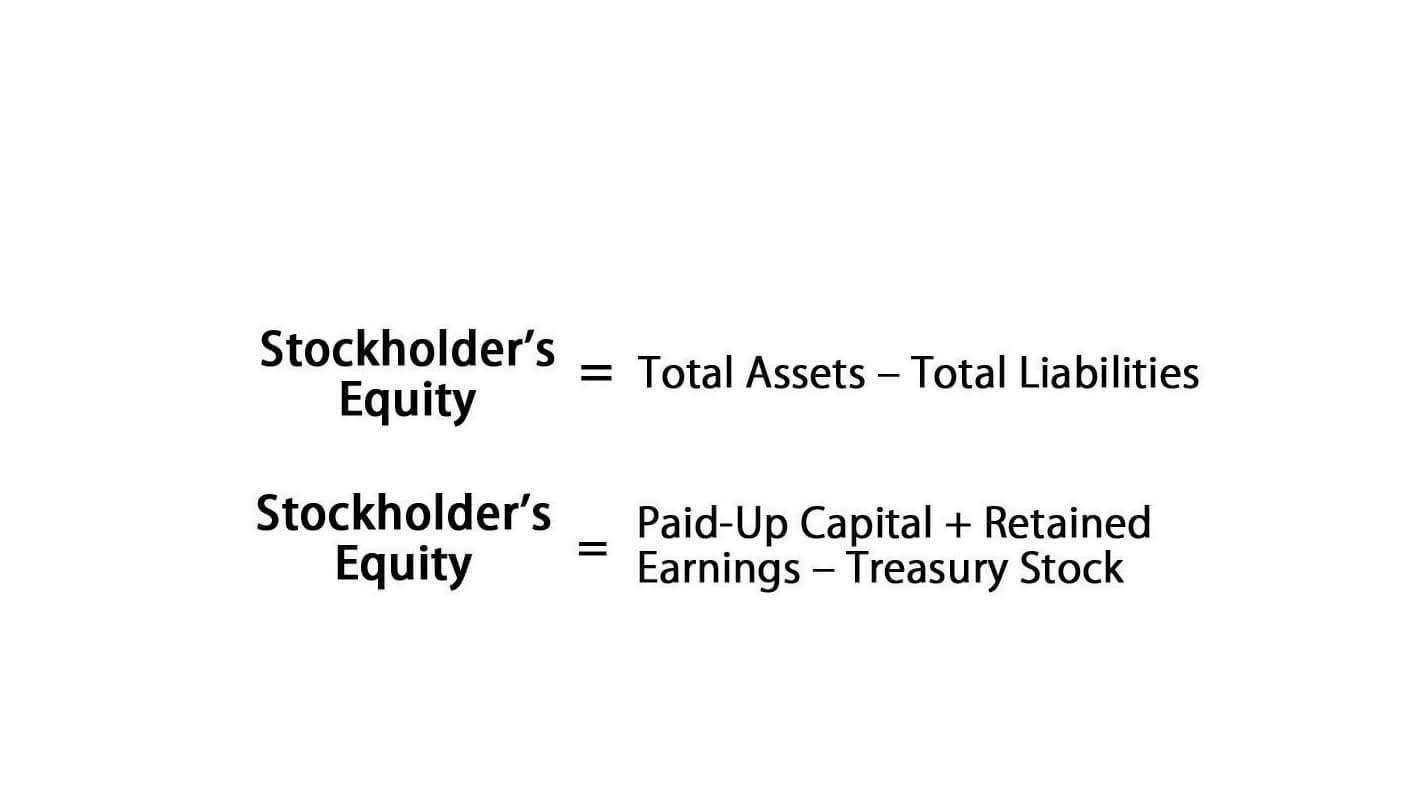
Retail banking is primarily concerned with offering financial goods and services to private individuals and small companies. These services usually consist of checking and savings accounts, credit cards, mortgages, personal loans, and investment goods. Retail banks offer customer support to help with banking requirements through a network of branches, online platforms, and mobile apps.
- Synder provides you with the tools to manage your own accounting and helps simplify the entire retail accounting process.
- Specific identification inventory costing attaches cost to specific items in inventory.
- They offer consumers credit to purchase big-ticket items such as homes and cars.
- Retail stores face at least one significant challenge that many others don’t.
- In an uncertain economic climate, it’s important to understand all the accounting options at your disposal.
Starting a Business

• Retail banking provides financial services directly to individual consumers, including checking and savings accounts, personal loans, and credit cards, rather than to businesses or corporations. Retail banking is intended to help consumers manage their money by giving them access to basic banking services, a source of credit, and financial advice. All banks usually make money from what they call the spread, or the difference between the interest rate they pay for deposits and the interest rate they receive on the loans they make. They also earn fees for customer services they provide, such as checking accounts, financial counseling, loan servicing, selling other financial products (such as insurance and mutual funds). Services offered by retail banks include checking and savings accounts, mortgages, personal loans, credit cards, and certificates of deposit (CDs).
Is the retail method right for you?
- In the banking industry, consumers also rely on the Federal Deposit Insurance Corp. (FDIC) to insure their bank deposits.
- If you don’t have a standard markup rate, the IRS requires that you track the actual markup percentage for each product.
- Retail banks come in various forms, each catering to different customer needs and preferences.
- If 50 apples were originally purchased for $5, and then another 50 apples were purchased (or produced) for a total cost of $7.50, FIFO would assign a price of $5 to the first resold item.
These relationships do not dictate our advice and recommendations. Our editorial team independently evaluates and recommends products and services based on their research and expertise. At the end of each Bookkeeping for Veterinarians day, some banks might be a little short of the Fed’s reserve requirement.
Hitting the Books: A Guide to Retail Accounting
- On the other side, you list your liabilities, such as business credit cards.
- Corporate banking, on the other hand, serves businesses and corporations, offering services like business bank accounts, commercial loans, trade finance, and employer services.
- It provides you with all the retail accounting solutions and helps you create a more efficient workflow.
- To find the weighted average cost of your inventory, you’d multiply 30% by $100, 40% by $115, and 30% by $110, then add them together.
- When people think about a bank, they usually think about a retail bank.
- It’s relatively simple to implement and works well for businesses with steady sales and constant inventory turnover.
This might entail more retail accounts specialized marketing and communication tactics, as well as goods and services that are tailored to the needs of the consumer. Synder simplifies the reconciliation process, making sure all your financial data matches up correctly. Synder automates these tasks, making your workflow more efficient.

Managing inventory costs with retail accounting

People who borrow money have to pay it back with interest that is higher than the interest paid to people who put money. The bank can make money from the interest rate spread, which is the difference between how much interest it pays and how much interest it gets. For example, say your retail store’s inventory on January 1 cost $10,000. During the first quarter of the year, you buy more units for $2,500 and have $5,000 in what are retained earnings sales.
